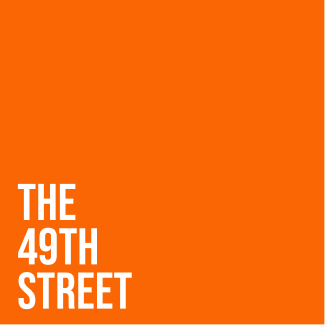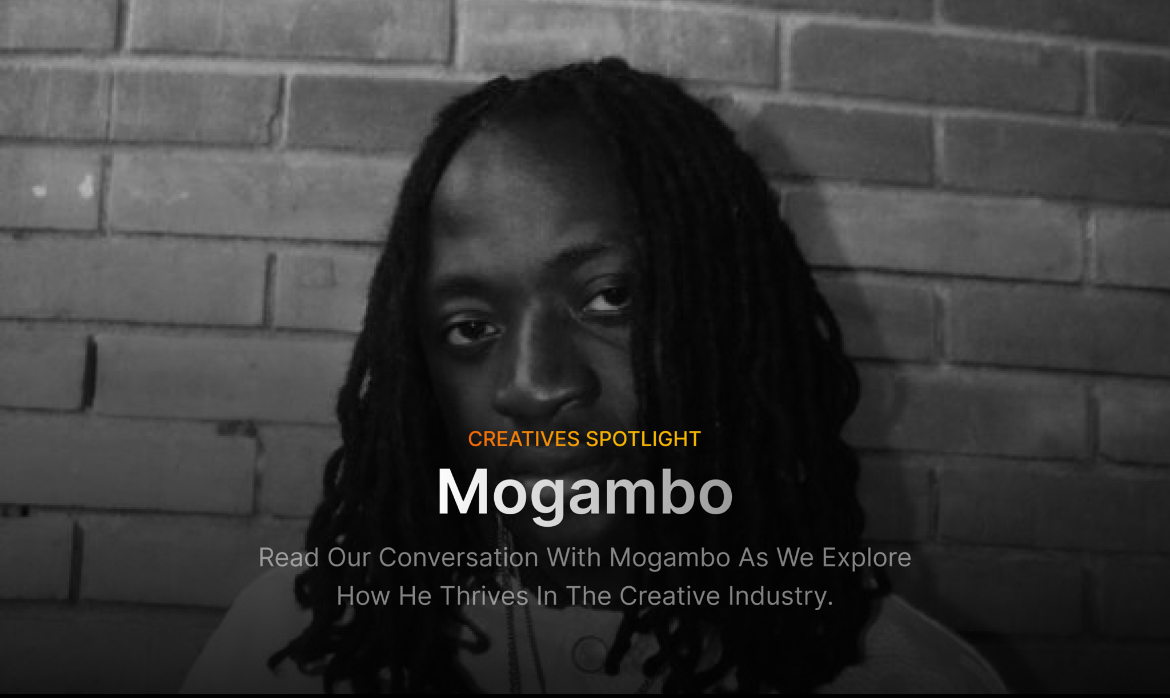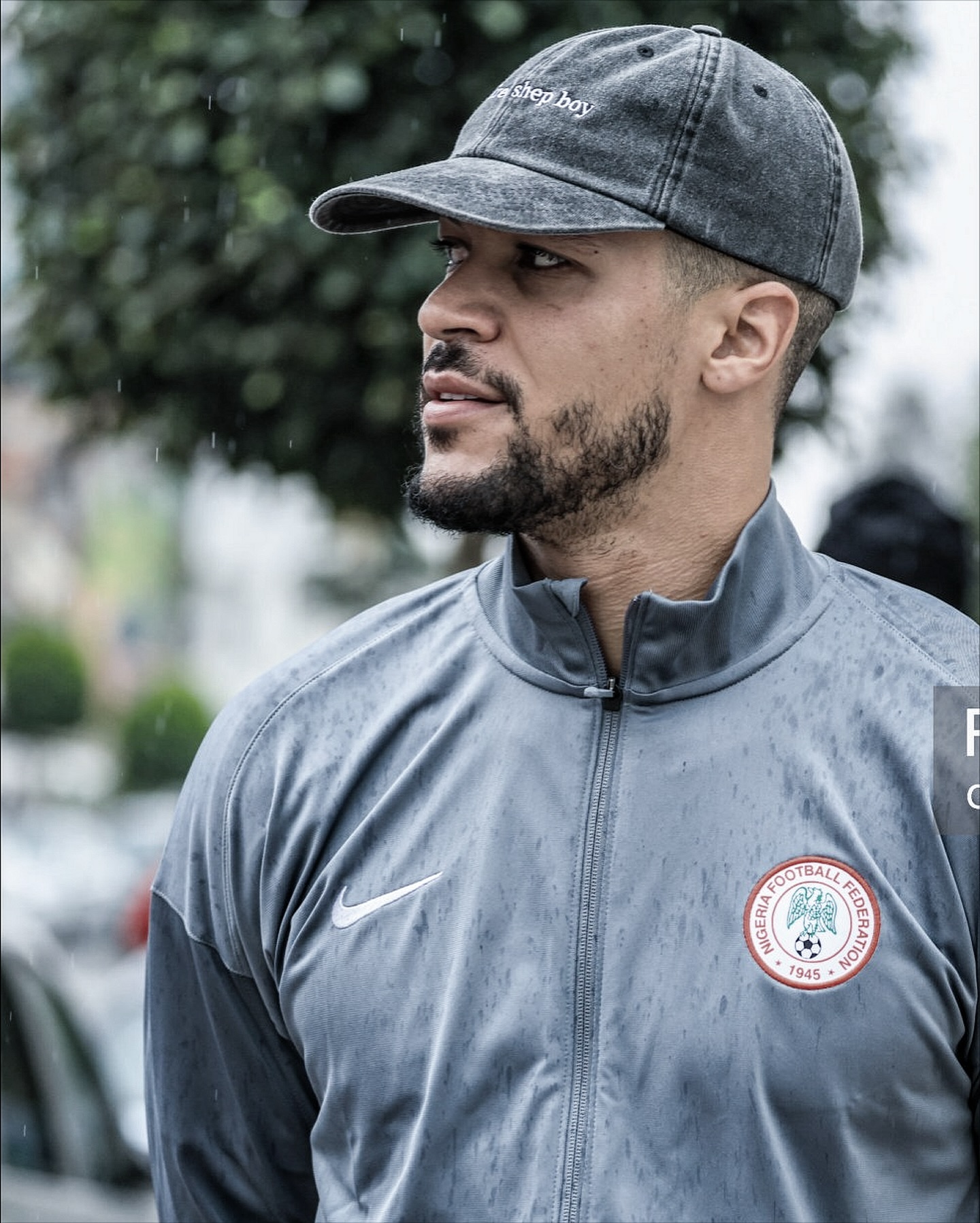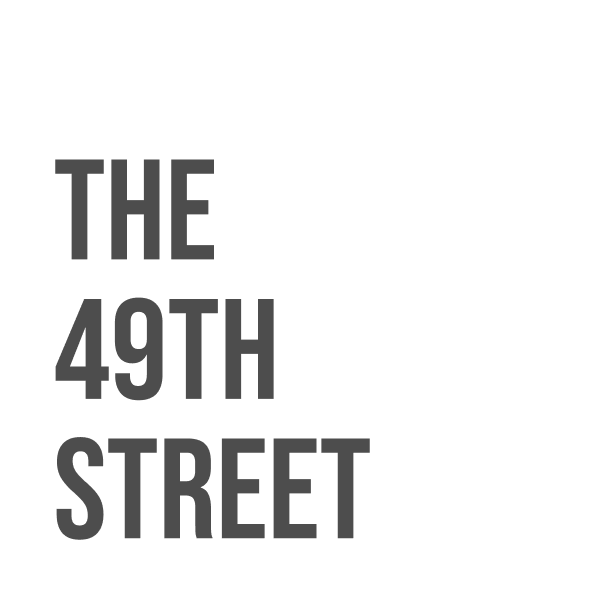By Olawunmi Aranmolate
Every generation has its quiet revolutionaries, the ones building culture from the shadows, shaping what we see, feel, and celebrate long before we even know their names. Mogambo is one of them.
Known off-screen as Johnson Amos Amwe, he’s a creative director and visual storyteller whose work exists at the intersection of design, fashion, and sound. Through WHAM, his fast-rising creative brand, and his role as Creative Director at Plutomania Records, Mogambo has become one of the key minds behind the striking visuals defining Nigeria’s new creative wave.
But beyond the bold colors and flawless compositions lies something deeper, a story anchored in emotion and rebirth. For Mogambo, creativity didn’t begin in a studio; it began in loss. What started as a means of surviving grief has become his compass, a force guiding his art, his brand, and his purpose.
In this conversation, he opens up about finding healing through creation, the role of collaboration in his journey, and how he’s building a legacy that goes far beyond visuals.
Every creative has an origin story. For people discovering you for the first time, who is Mogambo, and what moment made you realize this was the path you wanted to take?
My name is Johnson Amos Amwe, but the world knows me as Mogambo — a name that stands for mystery, strength, and survival. Growing up, I was always that kid lost in colors and imagination, the “crayon person” who saw art in everything. For a long time, I dreamed of becoming a lawyer.
Everything changed after I lost my mother. That moment shifted something deep within me. Grief became my teacher; it opened my eyes, shaped my purpose, and led me to express my pain and passion through creativity.
From that point on, I knew this path wasn’t just about art — it was about healing, storytelling, and finding light in dark places. Mogambo became more than a name; it became a symbol of resilience and hope for everyone who has ever had to rebuild themselves from loss.
You move between visual design, photography, branding, and video direction with so much fluidity. What connects all these forms of expression for you, and how do they feed into one another in your creative process?
At the heart of everything I do is emotion — I create from a place of feeling and truth. My creative journey began from grief and pain, but over time, it’s evolved into exploration and discovery. I don’t see design, photography, video, or branding as separate; they’re all connected by storytelling.
Each form complements the other — what starts as a visual idea can evolve into a full creative direction, a concept, or even sound and movement. I’m currently broadening my horizons into fashion, A&R, and other creative fields, because creativity for me has no boundaries. It’s all about pushing limits, building connections, and expanding the world of WHAM, my growing creative brand.
As Creative Director at Plutomania Records, you’re part of a new generation shaping how music and visuals coexist. How would you describe your creative approach, and what does leading a vision in that kind of space look like for you?
My approach is simple: create, learn, and earn. I always put myself in the artist’s shoes — I listen, observe, and make sure the final work reflects their truth. Authenticity is everything to me.
As Creative Director, I lead with intention. Every visual, every concept, every rollout must align with the artist’s identity while maintaining a strong brand vision. It’s about finding that balance between the streets and the art, between what’s real and what’s aspirational.
Now, with my brand WHAM, I’m expanding beyond music visuals into fashion, content, and cultural storytelling. It’s a movement. The goal is to inspire creatives to dream bigger and stay consistent — or as I like to say, Stay With WHAM.
How would you say your creative perspective has evolved over time, and what’s something about your process now that’s completely different from when you first started?
My creative journey has evolved from design-focused work into a broader creative vision that now includes photography, videography, artist management, marketing, fashion, and A&R.
In the beginning, I was more focused on execution — just getting things done. But now, I’ve learned the importance of connection, collaboration, and direction. I’m more intentional about the stories I tell, the people I work with, and the energy I bring to every project.
My process is no longer just about creating visuals; it’s about building experiences. That’s the evolution — from making art to shaping culture.
Collaboration seems to play a big role in your work, especially within a team or label setting. How do you find the balance between staying true to your own ideas and adapting to others’ perspectives?
Collaboration is at the center of what I do. In any team or label environment, the key is balance. I believe in clear communication — being open, honest, and intentional about ideas. I make sure everyone understands the shared goal while still leaving room for creativity.
I also value constructive feedback; it’s how we grow. I’m flexible enough to adapt when needed but grounded enough to stay true to my vision. The best results always come from respect, synergy, and genuine passion for the work.
At the end of the day, it’s not about ego, it’s about creating something timeless together.
Nigeria’s creative space is evolving fast, with new voices and styles emerging every day. How do you stay inspired and make sure your work continues to grow with the culture?
My inspiration comes from life — from the highs and the lows. Grief, joy, love, pain — they all feed my creativity. Every experience adds another layer to my art.
I’ve lost people along the way, but that loss fuels my drive. My mantra has always been “Guided by Grief.” When I’m sad, I create. When I’m happy, I create. It’s my way of staying alive and connected.
Now, as I expand WHAM into new territories like fashion, creative consulting, and A&R, my goal is to stay rooted in authenticity while evolving with culture. The mission is simple — keep creating, keep learning, keep inspiring.
When people look back on your work years from now, what do you hope they see, and what kind of legacy do you want the name Mogambo to represent?
I want people to see more than just art — I want them to see a story. A story of a boy from Sanga, Southern Kaduna, who turned pain into purpose and built something that touched lives.
I want Mogambo to stand as a symbol of resilience, hope, and faith. My biggest dream is to give back to orphans, to teach and guide those who feel unseen, because I know what it means to have dreams bigger than your circumstances.
When people remember my name, I want them to think of impact, creativity, and legacy — proof that no matter where you start, you can rise, inspire, and change lives.
And as I keep expanding the WHAM brand and pushing into new creative spaces, that message stays the same:
Stay With WHAM — stay with the vision, stay with the fire.
Mogambo’s journey is proof that creativity can be both a calling and a lifeline. What began as a way to navigate loss has grown into a full-fledged vision, one that connects emotion, storytelling, and culture.
In a world where visuals often outshine meaning, his work reminds us that true creativity doesn’t just look good — it feels honest. And as he continues to build WHAM into a movement that merges design, fashion, and music, one thing is clear: Mogambo isn’t just shaping aesthetics, he’s shaping the way stories are told.





